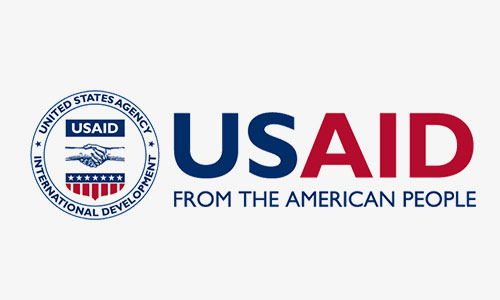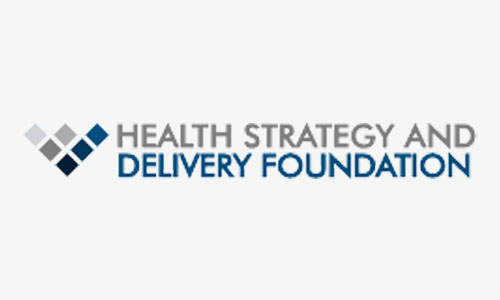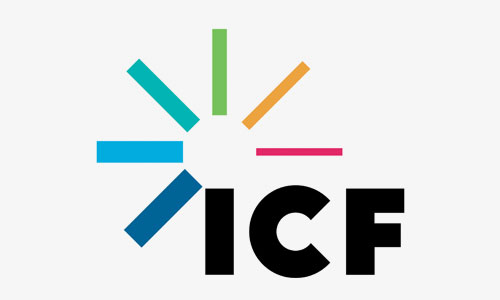Authors: Ezinne Ezekwem, Elizabeth Hammah, Dr. Awudu Tinorgah, Dr. Nana Enyimayew, Dr. Chris Atim, and Dr. Linda Vanotoo
In response to challenges and varying capacities of providers to deliver quality primary health care (PHC) services, the Government of Ghana, with the support of USAID Systems for Health (S4H), designed and implemented the Primary Care Provider (PCP) (formerly known as the Preferred Primary Provider (PPP)) network pilot. The initiative served as a pathway to achieving universal health coverage (UHC) and health system reform through sustainably providing equitable and affordable PHC services. It also brought to light multiple benefits of the network model, including increased collaboration, and sharing of resources among providers, and improved delivery of services (for further details on the pilot read, 5 Principles for Building an Innovative Primary Health Care Model).
With support from the Health Systems Strengthening Accelerator (the Accelerator) and under the Ghana Health Service (GHS) leadership, the Government of Ghana is drawing on lessons from the pilot to scale up and implement the program nationally. To date, 32 Networks across six districts in the Volta Region and 23 districts in Bono Region are operational. An increasing number of districts and regions have also expressed interest in establishing similar Networks.

Key Approaches
So, how is Ghana approaching the scale-up of PCP Networks? Below are a few of the essential approaches and strategies:
- Leverage existing systems or structures
Scale-up activities are incorporated into routine and preexisting health system protocols and practices. For example, the government hosts annual regional performance reviews, which are used to sensitize districts on the networks and generate further demand. Taping into standard and routine system functions or activities to advance scale-up is not only efficient but enables government ownership and sustainability.
- Work closely with key government actors and position them to be in the driving seat
The Accelerator and three leading health-focused agencies (GHS, National Health Insurance Scheme (NHIS), and Ministry of Health (MOH)) are working together as an integrated team. Together, the partnership is carrying out PCP Network scale-up. The Accelerator is conducting multiple capacity-building activities with government stakeholders to equip them with the necessary tools and resources to succeed in their role of shepherding and managing the PCP Networks. As a result of this collaborative approach, government actors have become more familiar and comfortable driving and leading the scale-up process.
- Advance efforts through PCP Network champions
The Accelerator, GHS, NHIS, and MOH recognize the importance of having a designated champion within each agency to increase awareness, advocate for the Networks, when necessary, and raise and address policy or operational issues with agency leadership and counterparts. The identified champions play key roles in the Network’s expansion.
- Adopt a demand-driven approach
Networks are established nationally based on demand from regions and districts. The demand-driven approach ensures genuine interest and commitment to engage and dedicate time and efforts towards the initiative for the long haul and that it is mainstreamed into the day-to-day activities of providers and practitioners.
- Generate support from additional development partners.
As more Networks are set up, the need for additional resources also increases. To support the government in developing a sustainable funding arrangement, the Accelerator, and GHS codevelop tools to cost and budget for network set-up and operations and develop a resource mobilization plan that will inform how funds are raised and allocated toward the Networks. These materials are used to engage with relevant partners who can provide essential funding for the initiative.
- Build and use lessons learned from the pilot to inform scale-up.
The scale-up has benefitted from the lessons learned and findings that emerged from the pilot. This cuts across a wide range of aspects, including success factors for successful setup and operationalization of Networks and policy and operational issues to be warry of and address.

Looking Forward
As the PCP Networks continue to expand and grow nationally, there will be a keen focus on:
- Conducting essential capacity-building activities with networks so they are equipped with the knowledge, skills, and resources to operate as a Network successfully and deliver on their roles and responsibilities as primary health care providers.
- Institutionalizing a monitoring and evaluation system to keep track of progress, challenges, and opportunities, which will inform how existing Networks operate and how scale-up is carried out. A research agenda focused on topic areas integral to the scale-up process will also be developed and implemented.
- Advancing resource mobilization efforts to ensure there is sustainable funding to cover the cost of operating existing networks and new Networks set up in the course of scale-up.
- Strengthening community participation through exploring the use of telemedicine as well as making revisions or updates to Network designs. These opportunities serve as potential new areas to enhance networking at the primary level.
- Modifying the design of the network through incorporating the network of practice concept and best practices into existing arrangements and, after that, sensitizing key stakeholders.





